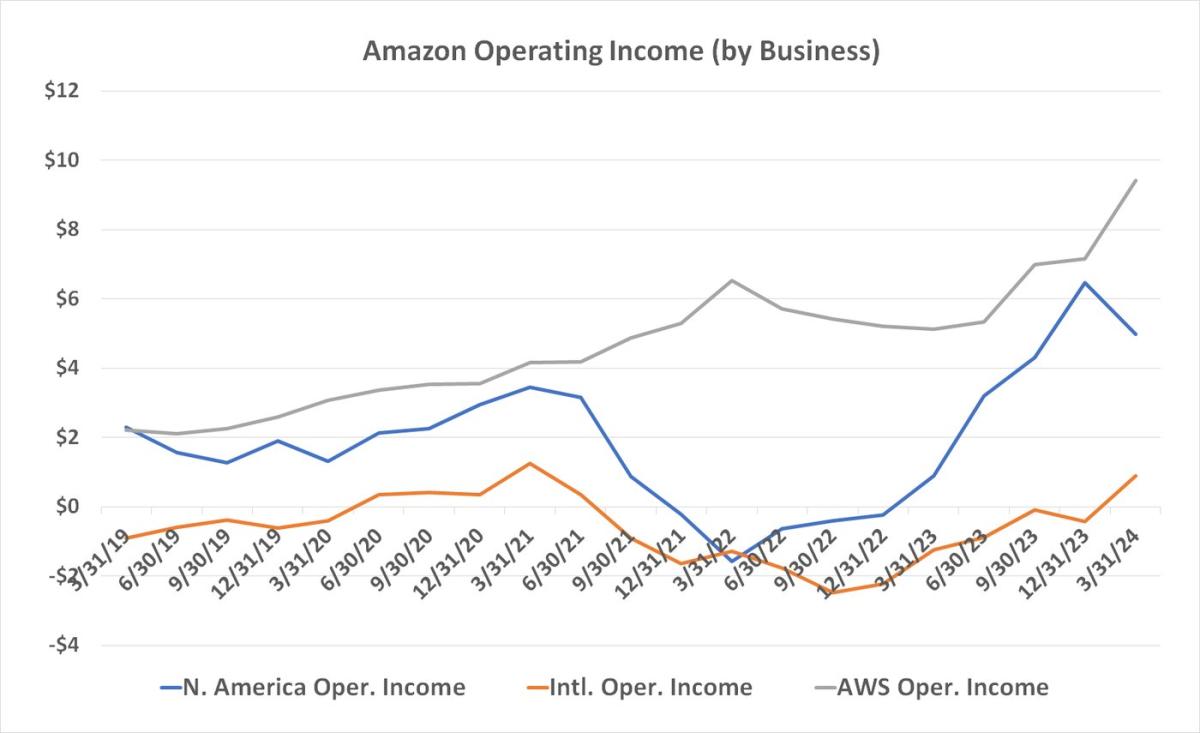The age of 65 is a big transition for many people as they start thinking about retirement and start thinking about benefits like Social Security and Medicare. Retirement planning means you need to consider taxes, health care, your retirement budget, and more. With $1.5 million in an IRA and two Social Security benefits to rely on, a married couple should have some flexibility for retirement, but their individual circumstances and their strategy can make a big difference in their quality of life. Here’s how to think about it.
If you need help planning and saving for retirement, consider working with a financial advisor.
Benefits and savings
If you’re nearing retirement, the first things to examine are your expected savings, income, and planned retirement date. In short, how much money do you have and when? Your income, both from your portfolio and from your benefits, is highly dependent on when you retire.
For example, let’s say you’re currently 65, have started collecting Social Security, and your IRA is invested in a mixed asset portfolio with an 8% annual return. If you retire at 67 (full retirement age) and don’t plan to continue contributing to your account, here’s what your finances would look like in retirement:
On the other hand, suppose you wait until age 70 before retiring and claiming Social Security. Again, assume an average return of 8% on a mixed asset portfolio and discount additional contributions. When you retire, you may have:
Delaying Social Security until age 70 increases your and your spouse’s benefits to more than $5,200 per month, increasing your annual budget by almost $13,000.
For the purposes of this article, we’ll assume you retire at age 67. The point here is that in many cases, delaying your retirement can help you increase your retirement budget. And if you need help determining an appropriate time to retire, contact a financial advisor and discuss.
Expenses and income

Once you know how much income you can expect annually, the next step is to create a budget for it.
“When budgeting for retirement, the goal isn’t just to make your money last, but to make sure it lasts a long time so that your quality of life is maintained,” says Aaron Cirksena, CEO and founder of MDRN Capital. “With $1.5 million in an IRA and a steady stream of Social Security benefits, it’s all about balancing financial priorities with personal priorities. You’re calculating based on anticipated needs and foreseeable expenses, but also the intangibles — like aspirations, goals, dreams and peace of mind.”
Your income depends on several factors, including how you invest and manage your money, including your withdrawals. A common rule of thumb is to withdraw 4% of your portfolio in your first year of retirement and then increase subsequent withdrawals at the annual rate of inflation. This increases the chance that your savings will last until your retirement.
In this simplistic example, your income in the first year could be:
For individuals with a lower risk tolerance who may not want to actively manage their money, an annuity may be an option. Alternatively, you can adjust your withdrawal rate up or down depending on your needs and portfolio performance over time.
Keep in mind that a retirement planner can help you calculate how much you can afford to withdraw from savings each year.
How to Budget Your Retirement
From there, as Cirksena says, it’s about balancing your spending and lifestyle.
For example, how much do you spend on housing every month? How much are you going to spend on food? How much are your other recurring monthly bills? How much money should you set aside for long-term care and gap insurance?
And consider the local cost of living, bearing in mind that expenses and rents in expensive urban areas tend to rise much faster than the national average.
Next, think about your lifestyle and the discretionary expenses that come with it. What hobbies and habits do you enjoy? For example, do you want to travel in retirement? Do you enjoy dining out or attending live shows? Do you like buying new clothes?
Combined, this tells you the spending side of your retirement budget. But if you need guidance on how to start creating your retirement spending plan, consider reaching out to a financial advisor.
Taxes and RMDs


Finally, you need to plan for taxes and, relatedly, required minimum distributions (RMDs).
You must pay income taxes on withdrawals from a traditional IRA. Your tax rate depends on your adjusted gross income (AGI), just like with early retirement. Your AGI includes your IRA withdrawals, a portion of your Social Security earnings, as well as income from other taxable sources. With a total income of $120,400 between you and your spouse, you will likely pay income tax on 85% of your Social Security benefits.
RMDs also determine how much money you need to withdraw from your IRA. For example, suppose that at age 73 (the age at which RMDs begin) you still have your entire $1.75 million in your IRA. You would need to withdraw at least $66,037 to avoid tax penalties if you don’t take the correct RMD. While this would be less than what you would withdraw if you followed the 4% rule, it is nevertheless important to know how much to withdraw.
A popular retirement tax strategy for people with IRAs is to use a Roth conversion to settle your taxes with the federal government now instead of at retirement — this will also help you eliminate RMDs. However, you’ll owe taxes up front on Roth conversions, and you won’t be able to use the converted money for five years after you make the switch.
Consider talking to a financial advisor to plan your retirement taxes and RMDs.
In short
Your retirement budget is based on two important factors: your assets and your expenses. To create a sustainable budget, make sure these numbers meet in the middle. Start by assessing your assets and determining how much income you can generate next. Next, examine your spending needs. If these numbers don’t match, you’ll need to make some changes.
Tips for managing your retirement budget
-
Managing your money after retirement is crucial. Ideally, this phase of your life will last almost as long as your working years, so it is generally very important to keep your money invested and growing. But you have to balance that with the need to keep your money safe, since you can’t easily go back to work and earn more of it. Here’s how to think about that balance.
-
A financial advisor can help you draw up a comprehensive retirement plan. Finding a financial advisor does not have to be difficult. SmartAsset’s free tool matches you with up to three vetted financial advisors serving your area, and you can have a free introductory meeting with your advisors to decide which one you think is right for you. If you’re ready to find an advisor who can help you achieve your financial goals, get started now.
Photo credit: ©iStock.com/pixdeluxe, ©iStock.com/Olga Shumitskaya, ©iStock.com/zamrznutitonovi
The post We’re 65 with $1.5 million in an IRA and $4,200 a month in Social Security. What is our pension budget? first appeared on SmartReads by SmartAsset.







